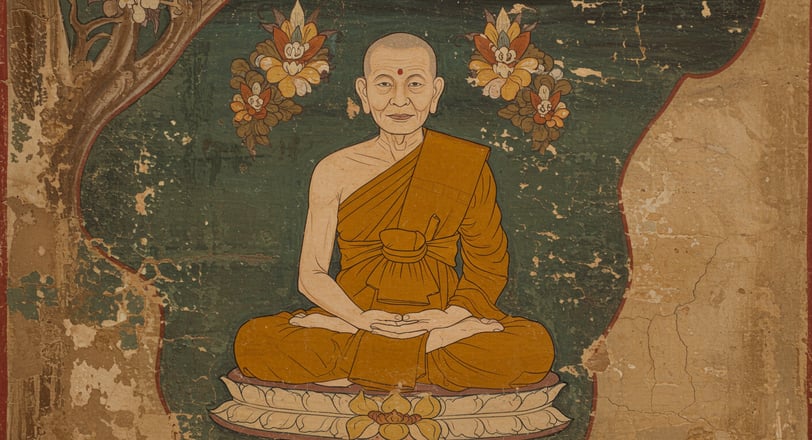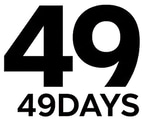The Fascinating Story of Reincarnation in Tibetan Buddhism
2/8/20252 分読む


The Fascinating Story of Reincarnation in Tibetan Buddhism
Tibetan Buddhism is renowned for its rich tradition of recognizing reincarnate lamas, a practice deeply intertwined with the concept of rebirth. One of the most iconic figures in this tradition is the Dalai Lama, whose lineage has been reincarnated for centuries. This article explores the intriguing stories of reincarnation in Tibetan Buddhism, focusing on the Dalai Lama and the broader context of rebirth.
The Dalai Lama's Reincarnation
The Dalai Lama's reincarnation is a centuries-old tradition that began with Gedun Drub in 1391. Each Dalai Lama is believed to be the reincarnation of the previous one, with the spirit of the deceased leader being reborn into a new body shortly after death. The search for the new Dalai Lama involves a complex process that includes visions, signs, and tests to ensure the authenticity of the reincarnation.For instance, the discovery of the current Dalai Lama, Tenzin Gyatso, involved a series of visions and signs. Born in Amdo, Tibet, his birth was marked by a rainbow over his house, and he was recognized as the reincarnation after passing a series of tests. These tests included recognizing personal items from his previous life, such as a rosary and a walking stick, which he chose over replicas presented to him1.
The Tradition of Recognizing Reincarnate Lamas
The tradition of recognizing reincarnate lamas began with Karma Pakshi, the second Karmapa, who was recognized as the reincarnation of Dusum Khyenpa in the 13th century3.This practice spread across all major schools of Tibetan Buddhism, including the Gelug school, which is the youngest and largest. The Gelug tradition of reincarnation began with the second Dalai Lama, Gedun Gyatso, who was recognized as the reincarnation of Gedun Drub3.
The Process of Reincarnation
In Tibetan Buddhism, reincarnation is not seen as the transmigration of a soul but rather as the continuation of consciousness influenced by past actions or karma. This concept is central to the Tibetan Book of the Dead, which guides the deceased through the intermediate state between death and rebirth. The text describes various realms and visions that the deceased encounters, offering opportunities for liberation or rebirth based on their karma46.
Challenges and Controversies
The reincarnation process has become increasingly complex due to political factors. The Chinese government has sought to exert control over the recognition of reincarnate lamas, including the Dalai Lama, by requiring approval from Chinese authorities5.This has led to tensions between the Tibetan Buddhist community and the Chinese government, particularly regarding the future reincarnation of the Dalai Lama.
Conclusion
The stories of reincarnation in Tibetan Buddhism, particularly those surrounding the Dalai Lama, offer a fascinating glimpse into a rich spiritual tradition. These tales of rebirth and recognition highlight the deep cultural and religious significance of reincarnation in Tibetan society, while also underscoring the challenges posed by external influences.Whether you approach these stories from a spiritual or secular perspective, they provide a compelling exploration of the human experience of mortality and the potential for personal transformation.
Citations:
[1] https://www.nature.com/articles/144779a0
[3] https://www.shambhala.com/snowlion_articles/tibetan-tradition-reincarnation/
[4] https://explore.lib.virginia.edu/exhibits/show/dead/texts
[5] https://edition.cnn.com/2021/02/14/asia/dalai-lama-china-death-reincarnation-dst-intl-hnk/index.html
[6] https://www.reddit.com/r/Buddhism/comments/sajk1r/im_confused_by_the_tibetan_book_of_the_dead_i/
[7] https://www.dalailama.com/the-dalai-lama/biography-and-daily-life/reincarnation
[8] https://explore.lib.virginia.edu/exhibits/show/dead/texts/transitions1
Explore the journey through life and death.
Subscribe
© 2025. All rights reserved. KDentertainmentinc
